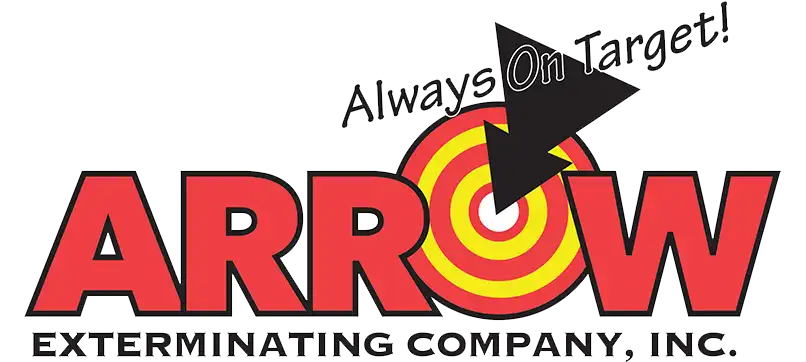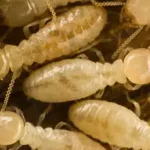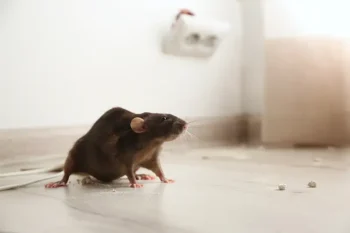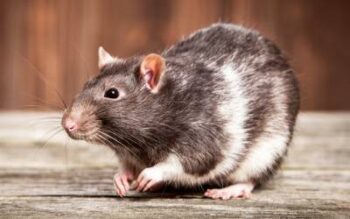 In general, when temperatures fall, rodents like rats and mice seek a sheltered location. If convenient, these animals will enter structures to establish warm, secure harborages in proximity to a food source.
In general, when temperatures fall, rodents like rats and mice seek a sheltered location. If convenient, these animals will enter structures to establish warm, secure harborages in proximity to a food source.
Rodents, like the Norway rat and House Mouse, typically will enter structures as winter approaches. Remember, rodents are mammals. Unlike insects and spiders, mammals are warm-blooded. They create their own body heat. Like humans, when you feel cold, you tend to move towards warmth.
The migration of rodents into structures can happen at any time of year for a variety of reasons. However, typically, you encounter more interactions between residents and rodents as temperatures fall and rodents seek warmth.
How much damage can rodents cause in homes? The answer is significant damage…but it depends on the circumstances. Rats and mice enjoy gnawing on materials like wood and plastic. If the plastic insulation on electrical wires are gnawed, there might be a fire or loss of power.
Rat and mouse excrement (solid waste and urine) typically harbor bacteria and viruses. Ecto-parasites like mites and fleas are found living on the fur of these animals. Under certain conditions, fleas and mites will leave the animal and move into the environment where human exposure is possible. Rodents contaminate more food than they consume.
Mike Deutsch MS, BCE
Urban Entomologist
Arrow Exterminating Company, Inc.
—-
If you are looking for the best Long Island rodent control company, look no further. Arrow Exterminating Company can help you safely remove rats, mice and other unwanted guests from your property. Call us today to speak with our pest experts!




